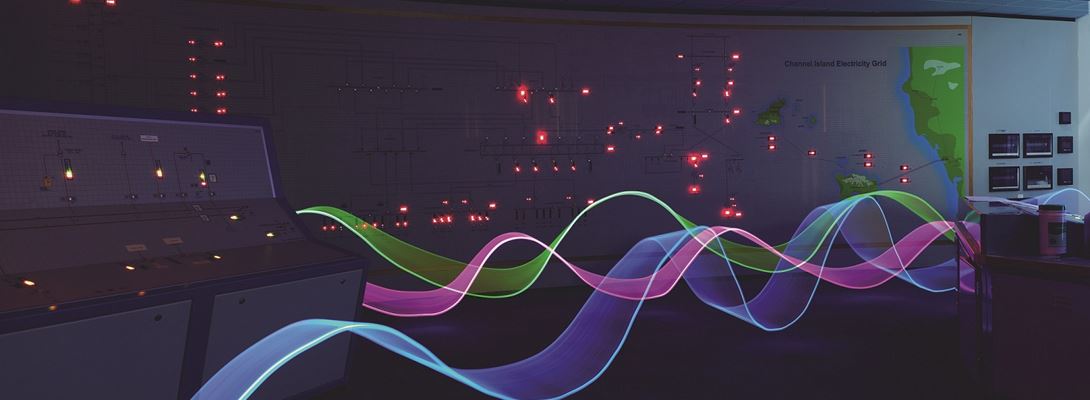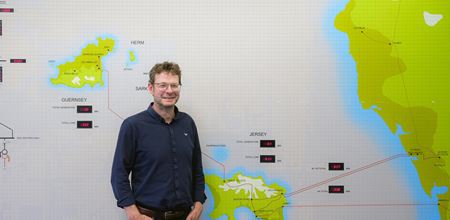Guernsey Electricity remains focused and committed to appropriately planning for these future electricity needs but to get there, we must continue the concerted effort to ensure our network is fit for Guernsey’s electric future.
Electricity demand is forecast to increase in two ways:
-
The amount of electricity used over any given time period (e.g. a year)
-
The peak power demand at any given instant. Peak demand refers to the times of day when our electricity consumption is at its highest.
As Guernsey becomes increasingly electrified, with more Islanders driving electric cars and switching to electric heating, we are on our way to reducing our environmental impact and reaching the Government’s target of net zero carbon emissions by 2050. However, many buildings and vehicles have not yet switched from fossil fuels to electricity – so is our network ready for when they do?
Why is the grid important for net zero and what’s the extent of the challenge?
Electricity plays a fundamental role in the global journey to decarbonisation and a carbon neutral future, and we need to significantly reinvest in the Island’s electricity infrastructure to meet the target of ‘net zero.’ This is when the amount of greenhouse gases going into the atmosphere are balanced by removal out of the atmosphere.
The extent to which Guernsey’s electricity grid/network is ready for net zero is dependent upon the extent and speed that heating and transport become electrified, which is difficult to predict.
Also, as more customers start to generate electricity from solar panels for use in their home and business, not all electricity will be delivered through the grid. Nevertheless, the grid still needs to be built for worst case scenario, when demand is at peak, when it’s not sunny or when customers are not generating enough to meet their own needs.
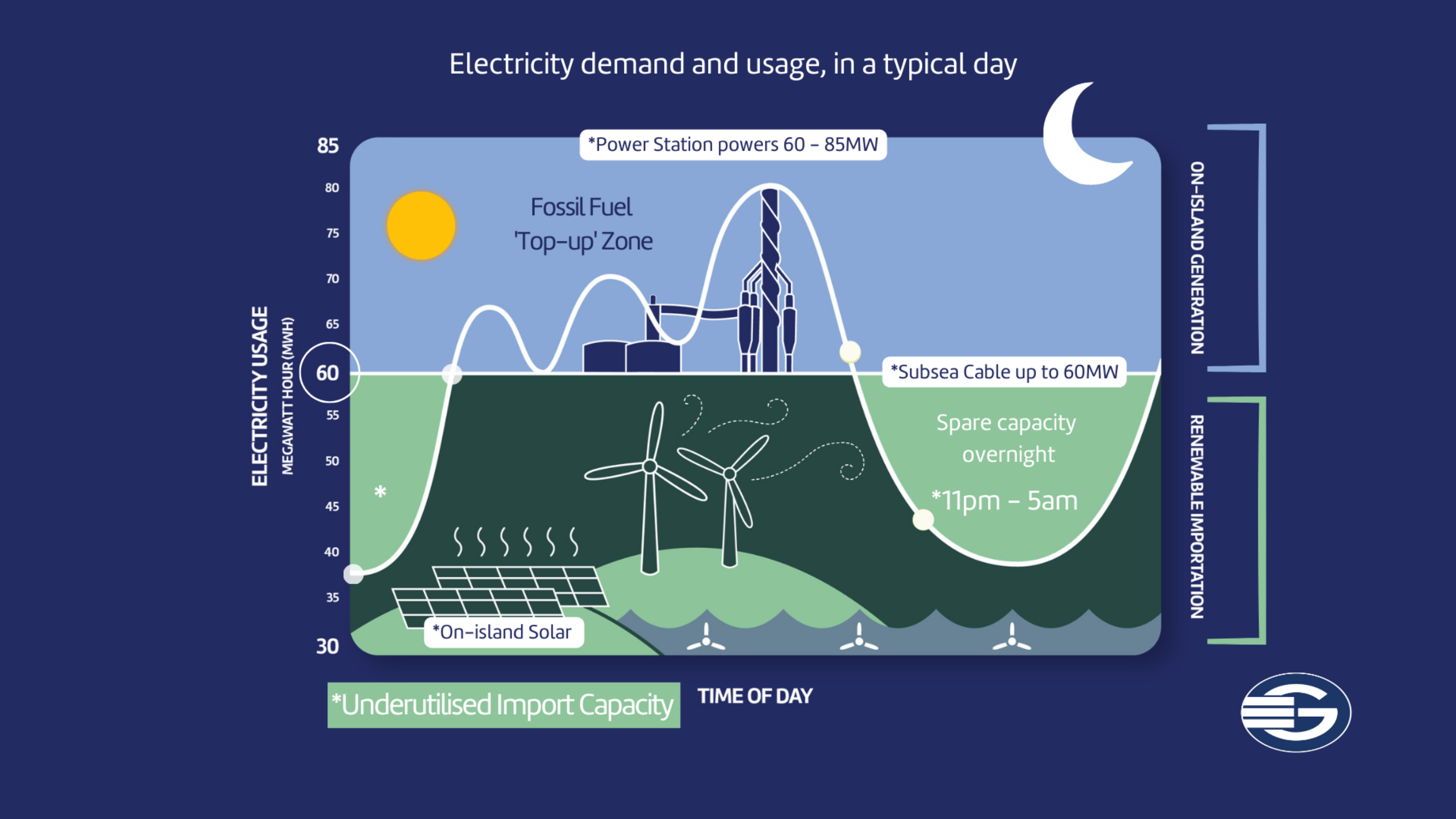
Preparing our network
When the original mobile phone and internet networks were built over 20 years ago, they were not designed to support the boom of smart phones and broadband usage we see today.
In the same way, the first electricity cable network in Guernsey was installed in 1900, and whilst it has developed substantially since then, it was not designed for all of today’s changes as we aim for a low carbon future. It did not anticipate the forecast demand or the fast pace at which it is changing.
However, the electricity infrastructure has always been adapting and changing and will continue to do so.
What are we doing?
The underground cable network across Guernsey is being, and will continue to be, replaced and upgraded on a continual, rolling basis. Our hundreds of electricity substations and fusing points across the Island are being replaced, upgraded and modernised and furthermore supplemented by additional substations in either heavily populated or remote areas to be fit for the future electricity demand and needs.
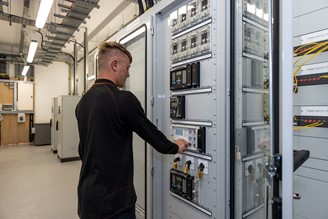
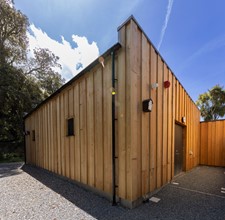
Is this enough?
Guernsey Electricity already continually invests in the power network but a greater level of investment is required and must be sustained in the long term. The effect of these investment demands, however, is pressure on resourcing, both financial and people.
How long will it take?
The question is less about how long it will take and more about the degree to which consumer expectations can be met. It will never be ‘finished’. Just as road repairs and re-surfacing will never be finished, the grid will always require investment in replacement, upgrading and development.
The transition to electric heating and transport is, in most cases, being facilitated by the power grid and at the pace required to meet our net zero aspirations.
However, there are some rare exceptions where the power grid cannot accommodate the switch yet. These issues most often occur in isolated areas at the ‘grid edge’ where most other utilities would suffer the same connection challenges, or in densely populated areas where the power grid was never provisioned for anything more than the basic light and power demands of the 1960s and 1970s.
Can electrification be accelerated?
The simple answer is yes, but it requires co-ordination and a clear goal as it is no easy task.
To do this there needs to be enough capital, the right financial structures, secure revenue streams and there needs to be the right skills and labour accessible on and off-Island throughout the whole supply chain.
Electricity Strategy - States of Guernsey (gov.gg)
Conclusion
Guernsey’s on-Island power grid is the infrastructure that is key to delivering the low carbon energy future for Guernsey and every customer’s growing electricity needs. Guernsey Electricity continues to invest in, replace and upgrade the grid to meet these changing needs. It is an ongoing and expensive task with the costs being shared amongst all consumers. This investment will mean that for most people they can increase their reliance on electricity to power their lives in an environmentally sustainable way.







